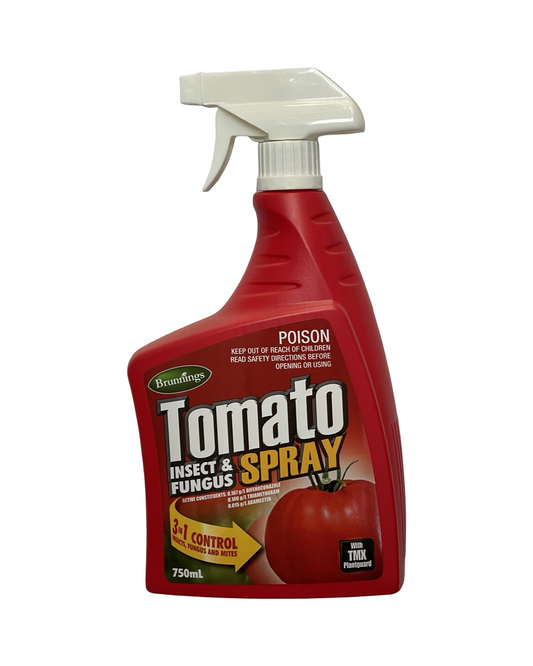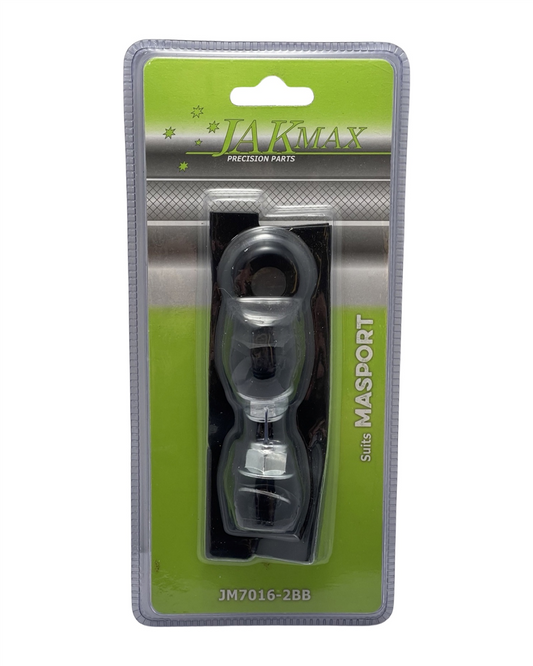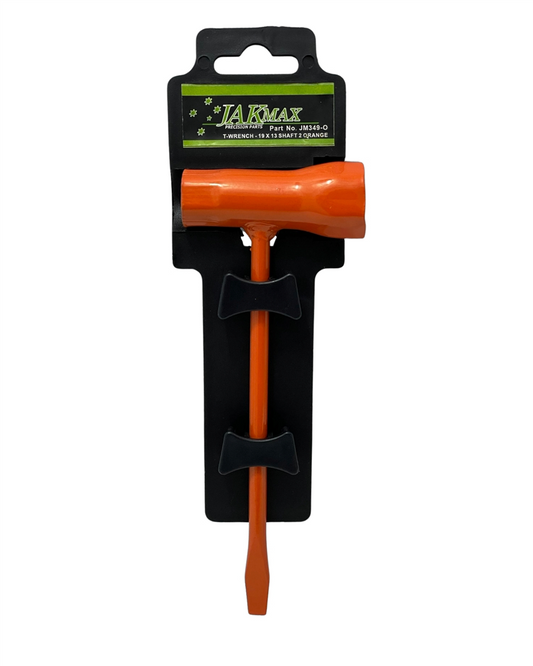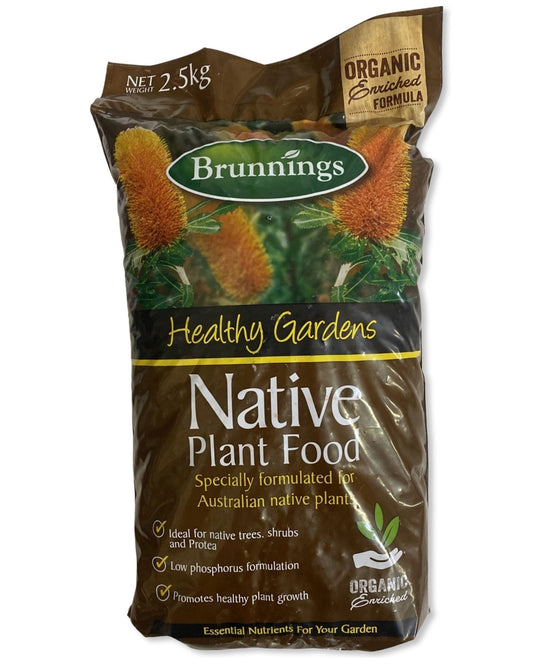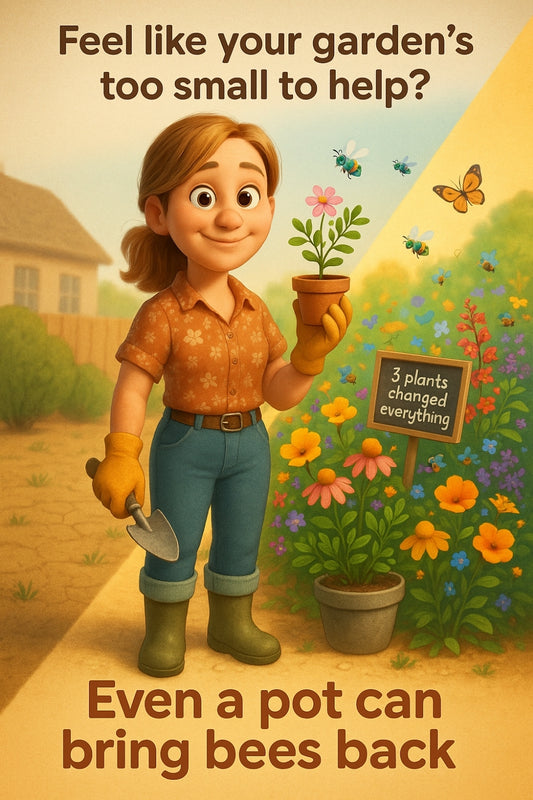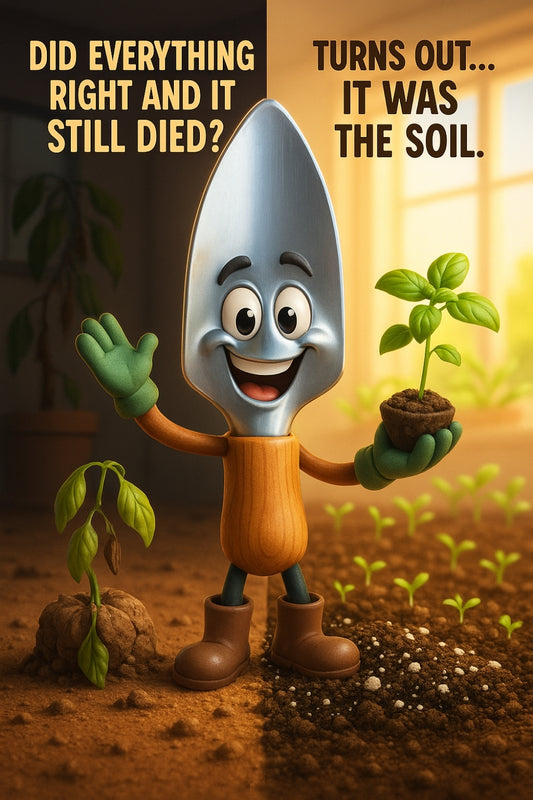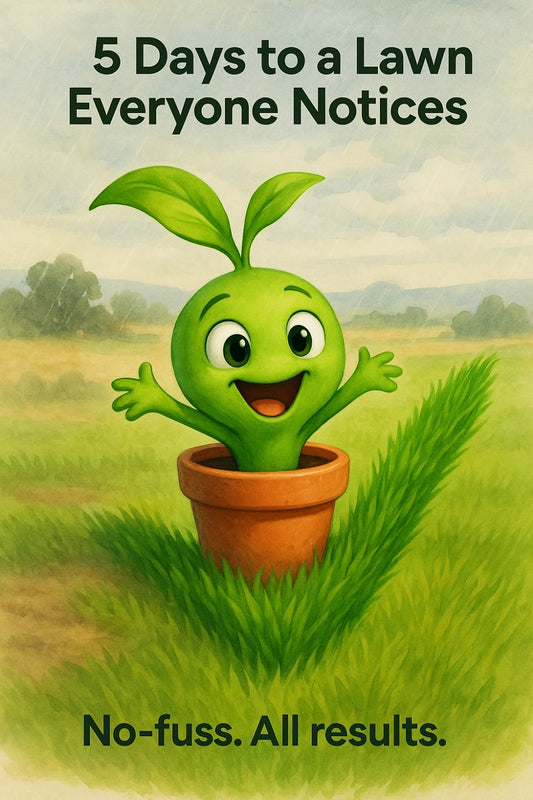Neutrog knows carrots. Disappointed by yours? It’s not you — it’s the soil setup.
Share
Why Your Carrots Are Short, Forked or Sad — and What You Can Actually Do About It
The first time your carrots pop up, it’s pure magic — until you realise they look like gnarled little goblins instead of those sleek, golden spears from a seed packet. Carrots can be heartbreakers, but don’t worry — this is fixable.
"Your carrots aren’t bad — they’re just misunderstood. Fix the soil, and they’ll glow up."
Too Stumpy? Too Weird? Here's Why It's Happening
It's Not About You — It's About the Dirt
Most carrot failures aren’t about your skills or the weather — they’re about the soil. Carrots are deep growers, and if the soil’s too clumpy, compacted or acidic, you’ll end up with forked roots, short legs or no growth at all.
Picture trying to grow a popsicle stick through cold porridge. That’s what a carrot root faces in soil that’s too heavy or acidic — no clear pathway, no room to stretch, and minerals locked away.
5 Common Culprits That Sabotage Your Carrots
- Compacted soil: Carrot seeds are super fine and roots hate pushing through resistance.
- Clay or heavy loam: South Australia soils can be mineral-rich but tight. Great for roses, horrible for carrots.
- Acidic pH: Carrots prefer mildly alkaline ground, around pH 6.5–7.5.
- Fresh compost or manure: Rich organic matter is lovely — for everything except carrots. It often causes forked roots.
- Overwatering or shallow watering: Carrots want steady moisture — not swamp living.
The Simple Fix: Start From the Ground Up
Balance Your Soil For Body Builder Carrots
This is where one simple step changes everything: balance your soil’s pH and improve texture at the same time.
Neutrog’s Dolomite Lime is a natural soil conditioner made to soften hard soils and gently correct pH trouble without a fuss. It also adds calcium and magnesium — two minerals carrots secretly love. We recommend digging a light handful through your veggie bed a week before planting. It’s not magic, but your carrots might think it is.
You’re not only fixing acidity — you’re boosting root health and improving nutrient uptake. It’s like giving the soil a breath mint and a hug at the same time.
Plan Before You Plant: Carrot Prep Checklist
Use This 60-Second Soil Readiness Test:
- Grab a handful of soil and squeeze. Does it form a compact clump that won’t break apart? It’s too heavy. Time to add sand and lime.
- If it crumbles softly and feels smooth, bingo — your carrots will thank you in two months.
Best Tools for Better Texture
- A sturdy trowel or scoop fork for breaking surface crusts
- A sieve or mesh for fine, seed-friendly soil around planting zones
- Watering wand or rose — carrots like soft drinks, not pressure sprays
We stock beginner-friendly versions of each — and we love helping you find what feels good in the hand (some tools just feel wrong, don’t they?).
Watering Like You Mean It
Carrots don’t like drama. That means watering evenly, not deeply today and forgotten tomorrow. From seed to seedling, keep topsoil moist but not soaking. Once seedlings are 5cm tall, shift to slow, deeper watering every 2–3 days — train those roots to reach.
How Long Do Carrots Take To Show Results?
Day 10–20: Tiny greens pop up, like little mascara brushes.
Day 25–35: Thinning time! Keep 4–5cm between plants.
Day 45–70: Roots start filling out. Carrots will push slightly above the soil when ready.
After 70 days? Pull one. You’ll know if the wait’s worth it.
A Final Word From Your Soil
"Don’t blame the carrots. Fix the soil — and everything starts behaving better."
Your garden’s not judging you. It just reacts to what it’s given. A few small soil tweaks — like reconditioning with Neutrog Dolomite Lime — can turn that friendship around fast.
Next time someone says carrots are tricky, you’ll smile like someone who knows a shortcut through the maze.
Happy planting,
— Candeece
 Stay Connected
Stay Connected
Join our gardening community on Facebook: Urban Gardener's Notebook
And follow our Store Facebook Page: Strathalbyn H Hardware on Facebook


